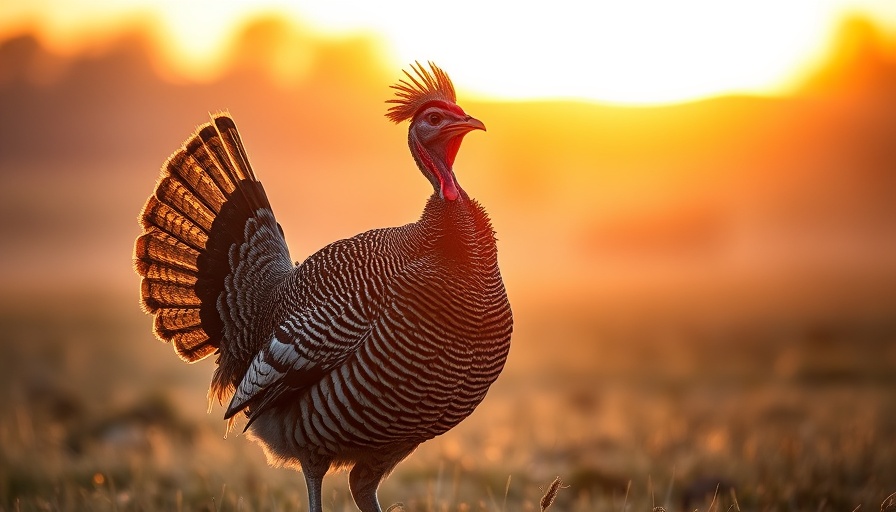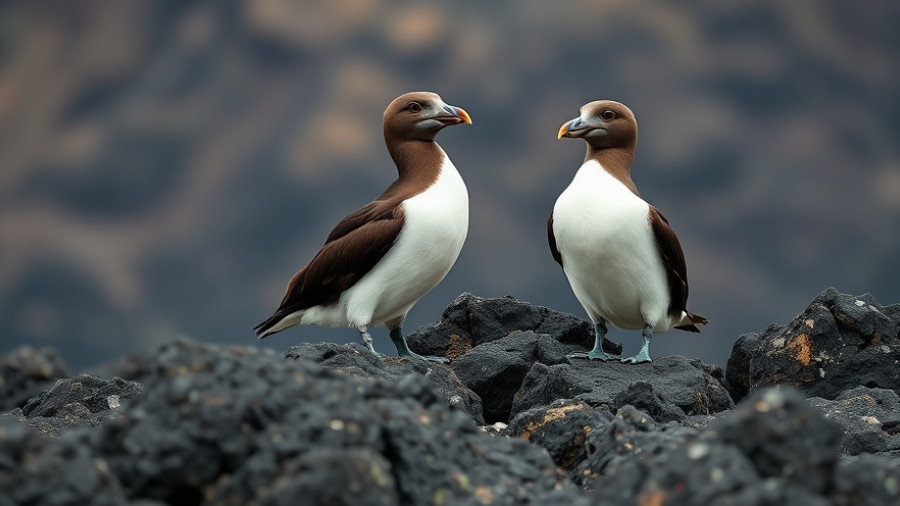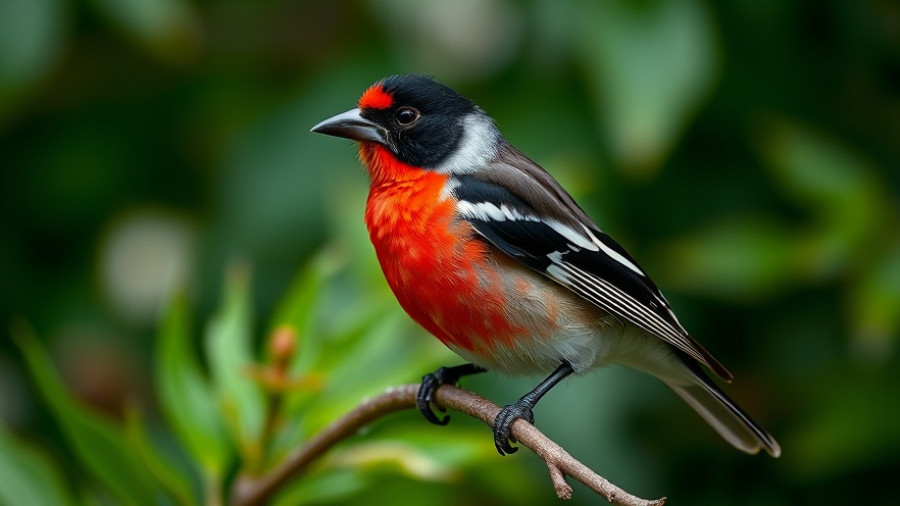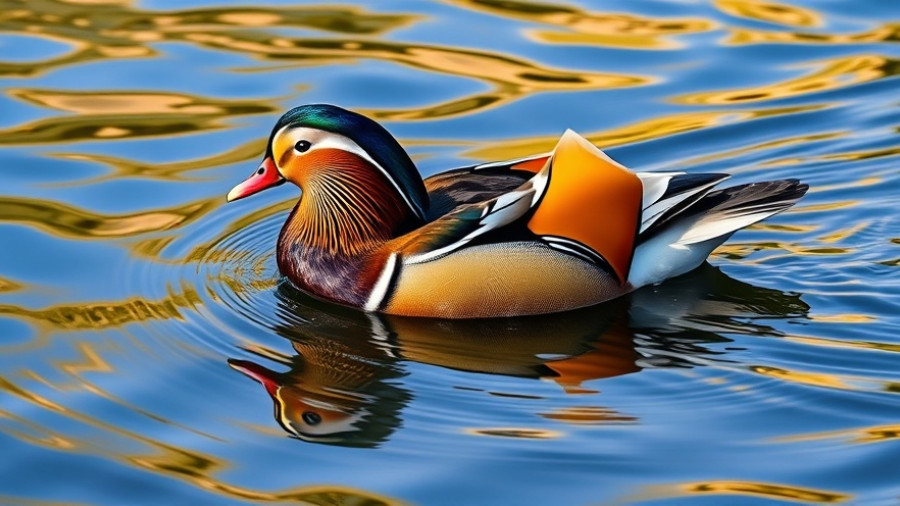
Elevating Wildlife Photography Beyond Aesthetics
Wildlife photography is often viewed as an endeavor focused solely on capturing stunning visuals. However, conservation photographer Noppadol Paothong emphasizes that true wildlife photography transcends mere aesthetics. By embedding oneself in the habitat of the subjects, photographers can develop a profound understanding of their behavioral patterns and individual quirks. For instance, Paothong spends considerable amounts of time in photo blinds observing Greater Sage-Grouse, allowing him to identify each bird based on unique markings. This deep familiarity not only enriches his photography but also fosters a sense of responsibility toward the animals he captures.
Understanding the Conservation Impact
In today’s rapidly changing environment, wildlife photographers have a unique opportunity to highlight the challenges that many species face. Paothong's philosophy advocates for a holistic approach: if photographers care deeply about their subjects and the conservation issues surrounding them, their work can serve as a powerful tool for advocacy. Images that evoke emotion can alert the public to threats faced by rare species and inspire collective action towards their conservation.
Inspiring the Next Generation of Photographers
One of Paothong's key goals is to inspire younger generations to engage in wildlife photography and conservation. He recounts receiving a heartfelt letter from a young girl who aspires to follow in his footsteps, demonstrating how impactful role models can shape future advocates for wildlife. By cultivating passion and respect for nature in young photographers, we ensure that the mission of conservation continues into the future.
Becoming a Better Photographer Through Connection
Ultimately, Paothong’s approach reminds us that connecting with wildlife is fundamental to becoming a better photographer. It’s essential to approach each photo with respect and an understanding of the ecological context, nurturing our role not just as artists but as advocates for the species we depict.
For all aspiring wildlife photographers, remember that your artistic journey should align with the principles of conservation. Acknowledging the well-being of the species you photograph will enhance your work and contribute to a broader mission of environmental stewardship.
 Add Row
Add Row  Add
Add 




Write A Comment